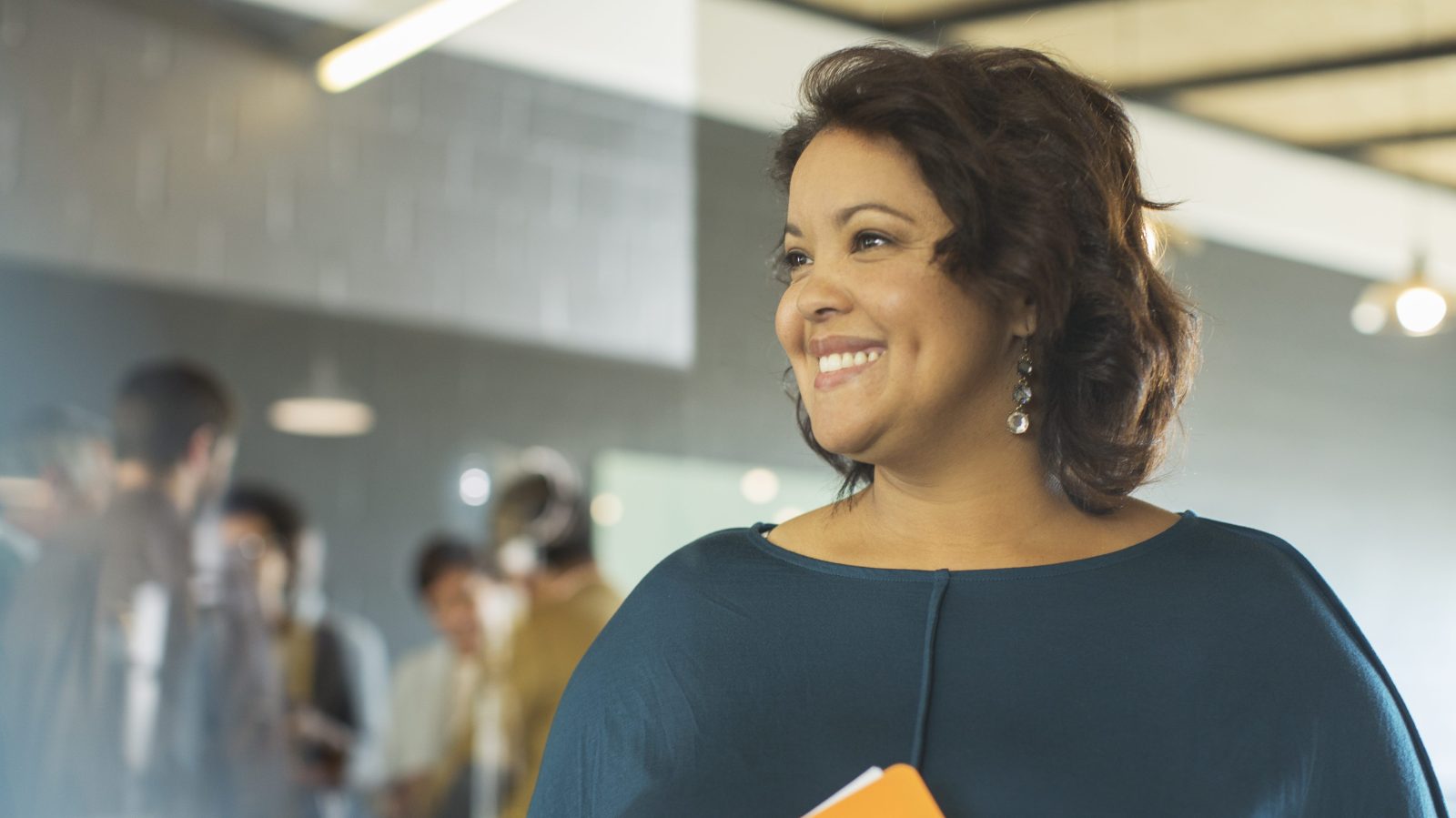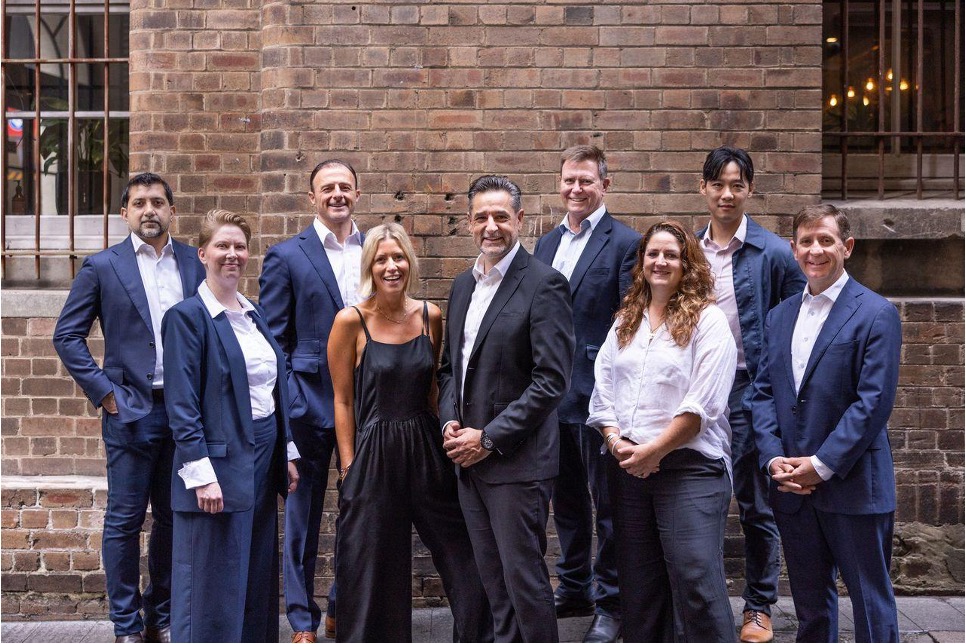Business owners are finding new ways to give their staff a piece of the pie, but Australia is lagging on employee ownership.
This article features in Issue 12 of Forbes Australia – out Monday, 12 August. Tap here to secure your copy.
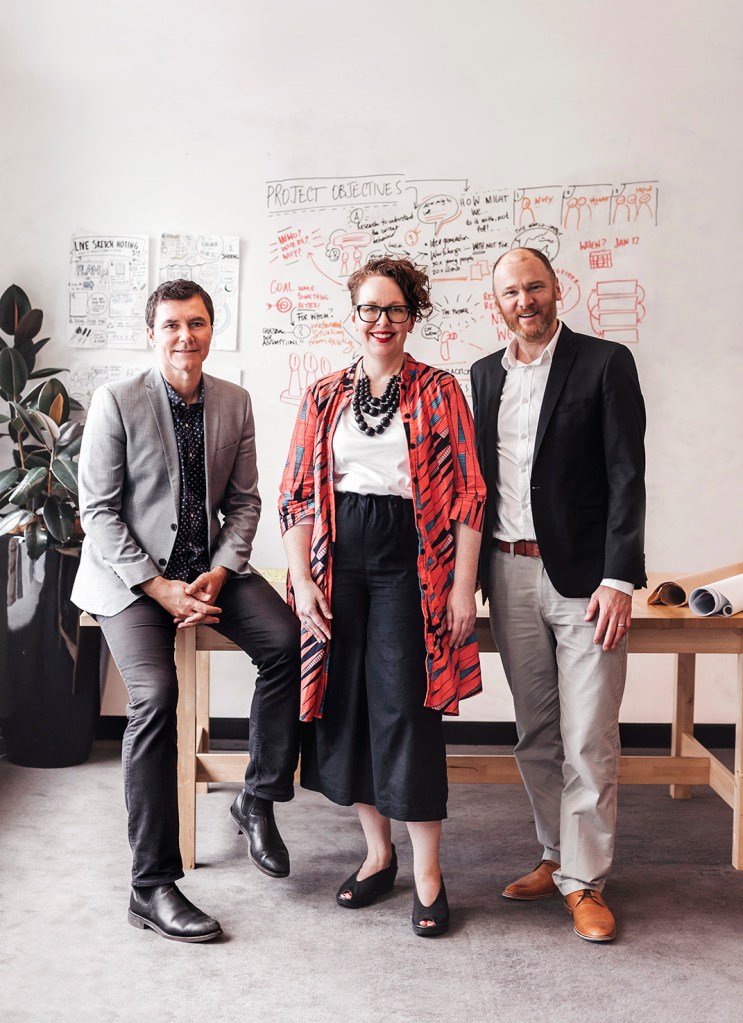
Janna DeVylder walked into a meeting with a big corporate mergers-and-acquisitions guy who wanted her precious little company.
“We’re not interested in selling,” she told him.
He laughed at her. “That’s what they all say.”
But DeVylder was serious. She and her two partners had built their design business, Meld Studios, from nothing to having offices in Sydney, Melbourne, Canberra, Hobart and Perth in just a decade. “We weren’t building this special place where people want to work, and who clients want to work with, to just see it get culturally eaten up and destroyed by a larger organisation just thinking of it as a capacity-building thing,” she says.
It was the third such approach they’d knocked back without so much as floating a ridiculous ambit price. But this time, it got them thinking. What would happen to the business after they were gone?
The answer to that question would lead them to be the Australian pioneers of a new way for workers to own the company they work for. While worker-owned co-ops are hundreds of years old, and share schemes have long been popular for executive remuneration, employee ownership is becoming increasingly egalitarian, and the ownership model chosen by Meld – used by some 2,000 companies in the UK, but hitherto unknown in Australia – promises to be the most inclusive form yet.
At least 1 million Australians own some part of the business they work for. Most are in large public companies.
But five years ago, the question of how Meld’s owners would manage their exit was a tough one. They weren’t intending to retire anytime soon. Some staff members expressed an interest in buying in, but the owners worried that would create a cultural divide in the company between those who could afford it and those who couldn’t.
Their entire reason for being was to help people think outside the square to make things better – be it a railway station or a suitcase – so why couldn’t they design their own company’s future?
They looked at how law firms worked and how the London-founded global design studio Pentagram worked with its flat partnership model. “We were looking at all of these different things, we did all the pros and cons, but we kept coming up to Arup (a UK engineering and design firm), which has one of the earliest employee-ownership models I know of.”
In 1977, Arup’s founder, Ove Arup, set up a trust that would own the company in perpetuity on behalf of the current employees.
“It’s not so tied to individuals,” says DeVylder. “It has its own kind of being. And that was quite appealing to us.” In recent years, the model inspired by Arup – the Employee Ownership Trust, or EOT – had become popular in the UK where it was supported by the government, particularly with zero capital gains tax payable by business owners selling to employee-owned trusts.
But when the Meld owners told their lawyers and accountants they wanted to set up such a trust, they were told it couldn’t be done in Australia.
“We set it up so that basically we were buying ourselves out with our own money.”
Janna DeVylder, co-founder Meld Studios
DeVylder emailed the non-profit Employee Ownership Australia in 2020, asking why they couldn’t do an EOT in Australia. She believes in serendipity. She got an email straight back from Employee Ownership Australia director Alan Greig saying that just the day before, they had discussed the need for a test case to push through Australia’s regulatory hurdles.
That became Meld.
Greig estimates that “at least 1 million” Australians own some part of the business they work for. Most are in large public companies. But there’s never been a push in Australia to systematise such arrangements.
The Global Equity Organisation conducted a study this year of 26 countries and how their tax, securities and employment laws impacted employee ownership. Australia ranked 16th – the lowest in the English-speaking world. Switzerland, the UK, and France were at the top, with the Philippines and Vietnam at the bottom.
Greig has always been puzzled about why egalitarian Australia had not embraced such systems. Governments had been looking at it since South Australian Labor premier Don Dunstan in the 1970s. “But it never really bedded down in Australia,” says retired bureaucrat Greig. “There’s a lot of evidence it works, but it doesn’t capture the imagination of your run-of-the-mill manager in Australia. They’re not keen on sharing ownership and having employee participation.
“Most of the work in this area is in executive share schemes. Most of the consultants can live well off that. It often doesn’t extend to the employees,” says Greig.
ESOP fables
In the US, Employee Stock Ownership Plans [ESOPs] are used as retirement plans. About 10.7 million employees in the US – almost 8% of the private-sector workforce – are in an ESOP. Four million more have retired but still own a stake in the business they retired from. In 2021, the last year for which there are numbers, about 6,500 US companies had ESOPs, with about 250 added each year. One study found that employees at such companies stayed 53% longer than their peers, and another found that 80% of professionals would prefer to keep a job with ownership benefits rather than take a higher-paying role with no such benefits.
In Australia, tech start-ups have embraced the ESOP model. Famously, Canva, Atlassian and Xero all have generous share ownership schemes. Atlassian uses an RSU model – Restricted Stock Unit, a type of share that vests upon reaching certain milestones, which, unlike the options in an ESOP, comes with zero cost to the employee.
When employee-experience platform Culture Amp started in 2010, founder Didier Elzinger had wanted to recreate what he’d seen in San Francisco. With co-founders Doug English, Rod Hamilton and Jon Williams, they decided from the outset that every employee would own a share.
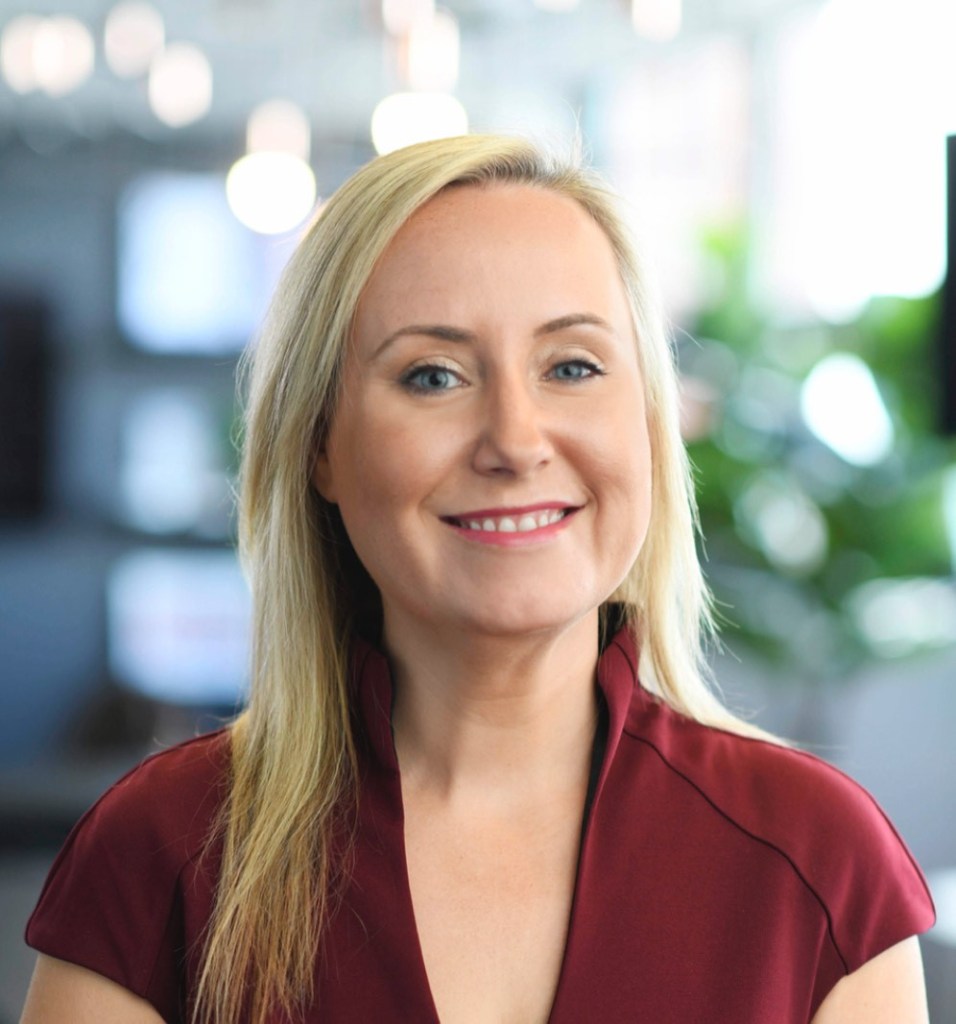
“We’re about employee engagement and creating better company culture, so our founders were thinking from the outset how we could do that,” says Culture Amp general counsel Sarah Tinsley, who oversees the company’s employee share-ownership plan. “They wanted to recreate that
recognition and reward as a motivator and culture-creation tool, to make them feel like we’re all in this together.”
Tinsley says that regulators in Australia distrusted the model. “There were concerns about junk equity and equity being granted in place of salaries. This is pre-Fair Work Act. It wasn’t easy to do.”
Culture Amp gives all new employees options in the company, the value of which is determined by their seniority. “The options vest over four years with a one-year ‘cliff’ – so you don’t receive the first vesting till the end of year one,” says Tinsley. “Then the rest of them vest monthly over 36 months from that date. That’s a pretty common model.” If you leave during the first year, you get nothing.
“When you exercise that option – that might be when you leave the company, or upon a secondary, an IPO, or a sale – then you receive the difference between the value of the company at the time you exercise and the value of the company when you started. That delta is the money you pocket. The earlier you get in, usually, the higher the rewards.”
When an employee gets promoted, they get another allocation. Tinsley says she does not know what percentage of the company – valued at $2 billion during the tech highs of 2021 – is owned by the staff, but it is less than 20%.
Tinsley declines to say how much the early Culture Amp employees are sitting on. “It depends on so many factors … but there would be employees who would be paying mortgages off if that (a sale) were to come off.”
How Meld sold itself to its staff
“I’m actively designing myself out of a business,” says Meld’s Janna DeVylder. “It is a confronting thing to do. But I love the idea of building the ethos into the very fabric of the business.”
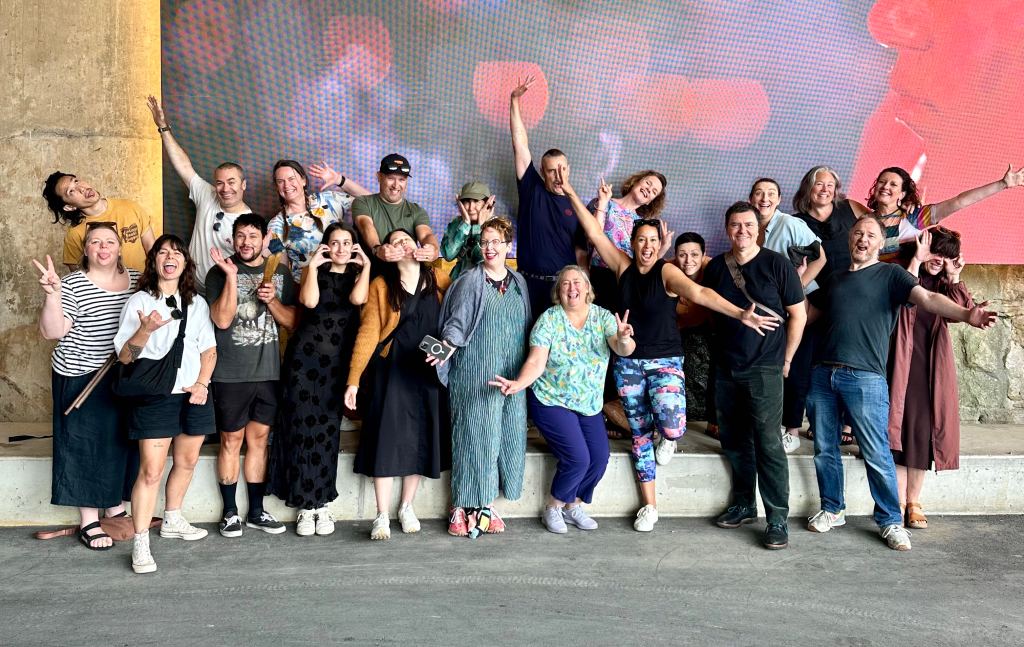
Meld’s owners agreed to sell the design studio to an Employee Owned Trust for 75% of average annual revenue [$6-$9 million]. “This was a choice for us,” says DeVylder. “We felt like that was enough money, but also that we’re not the only ones that are contributing to the value of the business.”
An “employee council” was formed to represent the staff and have a say in how the business was run. “How you run your business daily doesn’t have to change a lot,” says DeVylder. “We just happened to go as far as you possibly can towards a flat, open structure.”
There were a lot of decisions to be made. “We chose to become 100% employee-owned. We had to decide how we were going to share profit among employees. We decided that my one share would be worth the same amount as your one share. We didn’t want to share profit based on performance or longevity. We weren’t using profit share as a bonus structure.” They decided that as soon as you became a full-time staff member, you’d get a shareholding in the trust.
The trust will pay the owners out over 10 years using Meld’s profits. (Although the timeframe could vary, depending on how well the business was going.) If the business grows over the decade of the buyout, the price will change. If it has a bad year, the payments might stall.
The first year after the trust was formed, they decided that instead of using that year’s profit for the trust to pay the owners the first tranche of the buyout, they would instead distribute all of it to the staff as a sign of good faith. The next year, they began the buyout but could still distribute some profit to the team.
“We set it up so that basically we were buying ourselves out with our own money,” DeVylder laughs.
Even though they are surrendering ownership to the trust, they will continue to be the bosses. “People want to see more of us. They don’t want to lose that. That’s one of the reasons they came to work with us. We’ve always been wage earners and continue to have ownership until we do the buyout.”
There is a company board and a trust board, and the owners sit on both for now. “The way we set that up is, until we have less than 50% ownership of the shares, all three of us will continue to be on the company board. But as the business continues to do the buyout, and our shares decrease, we’ll start to decrease our presence on the boards.”
DeVylder, approaching her 50th birthday, says she intends to keep working at least until the buyout is complete, but probably longer, when she is a mere equal shareholder with all the people she used to employ. “I’m very invested in this philosophically, what this means for equity and power in the workplace.”
It would be possible that she could be booted out. But she points out that not everyone is clambering to take charge. “A lot of people just want to turn up and do their work.”
For all that effort, people like the idea of it better than the practice of it. She says all the work in setting up the new structure has created fatigue among the staff, but there’s plenty of upside. “Everyone knows how much money we have. They all know how decisions get made. They can all bring up challenges or issues.
“I don’t want to go out and say this is for everybody, because it’s not. But for those that are focused on the longevity of their businesses, and what it means to give equity and power to the employees – who are the energy and value of your business – it’s right for you.”

What’s your motivation?
Andrew Pendleton, professor of employee ownership and reward at the University of New South Wales, says the majority of studies of employee ownership have found a positive effect on productivity – defined as gross profit divided by the number of workers. “The average is in the order of 4% improvement, which is quite substantial,” Pendleton says.
And while employee ownership reduced staff turnover, “It’s not quite so clearcut whether that’s a good or bad thing.”
Most studies have shown employee ownership increases motivation, but not all, he says. “There are also some studies from the US that find companies with employee ownership go better during a downturn in the business cycle – they’re more likely to survive. The suggestion is that employees are willing to make concessions to keep the firm on the road because there are higher levels of trust.”


